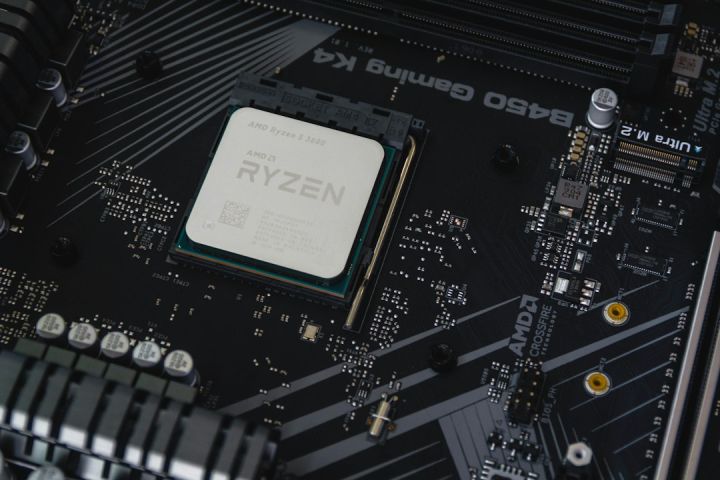How to Interpret Performance Benchmarks When Purchasing New Hardware?
Performance benchmarks play a crucial role in the process of purchasing new hardware. They provide valuable insights into a device’s capabilities and help determine its suitability for specific tasks. However, interpreting these benchmarks can often be a complex and confusing task. In this article, we will explore some key considerations and strategies to help you make sense of performance benchmarks and make informed decisions when buying new hardware.
Understanding the Purpose of Performance Benchmarks
Before diving into the details of performance benchmarks, it is essential to understand their purpose. Performance benchmarks are standardized tests designed to measure and compare the performance of different hardware components or systems. They provide objective data and metrics that allow consumers to evaluate the performance of various devices across a range of applications and workloads.
Identifying Relevant Benchmarks
The first step in interpreting performance benchmarks is to identify the ones that are most relevant to your needs. Different benchmarks focus on different aspects of performance, such as CPU speed, graphics performance, or storage speed. By considering the specific tasks you plan to perform on your new hardware, you can narrow down the benchmarks that are most applicable to your requirements.
Comparing Results Across Different Parameters
When analyzing performance benchmarks, it is important to consider the results across different parameters. For example, a benchmark might show that a particular device has excellent graphics performance but average CPU performance. In such cases, it is necessary to weigh the importance of each parameter based on your specific needs. If you primarily use your device for graphic-intensive tasks, the strong graphics performance may outweigh the average CPU performance.
Considering Real-World Performance
While performance benchmarks provide valuable information, it is crucial to remember that they represent idealized conditions and may not accurately reflect real-world performance. Factors such as software optimization, drivers, and system configuration can significantly impact a device’s performance in actual usage scenarios. Therefore, it is advisable to supplement benchmark results with real-world performance reviews and user experiences to gain a more comprehensive understanding of a device’s capabilities.
Accounting for Future Requirements
When interpreting performance benchmarks, it is also essential to consider your future requirements. Technology is constantly evolving, and what may be considered high-performance today may become outdated in a year or two. Therefore, it is wise to choose hardware that not only meets your current needs but also has some headroom for future growth. This can help ensure that your investment remains relevant and capable of handling upcoming software and workload demands.
Consulting Expert Opinions
Interpreting performance benchmarks can be a daunting task, especially for those who are not well-versed in technical jargon. In such cases, it can be helpful to consult expert opinions and reviews from reputable sources. Technology publications and industry experts often provide valuable insights and guidance on interpreting performance benchmarks and selecting hardware that best suits your needs.
In conclusion, interpreting performance benchmarks is a crucial step in purchasing new hardware. By understanding the purpose of benchmarks, identifying relevant ones, comparing results across parameters, considering real-world performance, accounting for future requirements, and consulting expert opinions, you can make informed decisions and choose hardware that meets your specific needs. Remember, performance benchmarks are just one piece of the puzzle, and it is essential to consider your own requirements and preferences before making a final decision.






